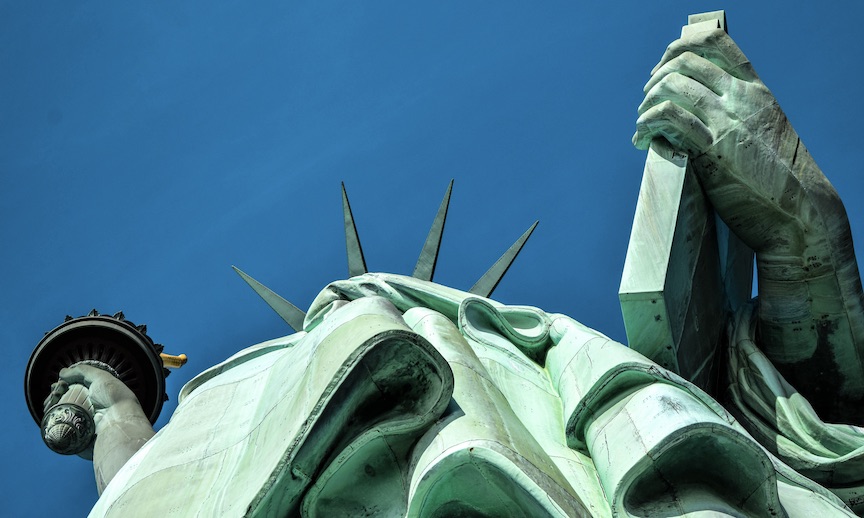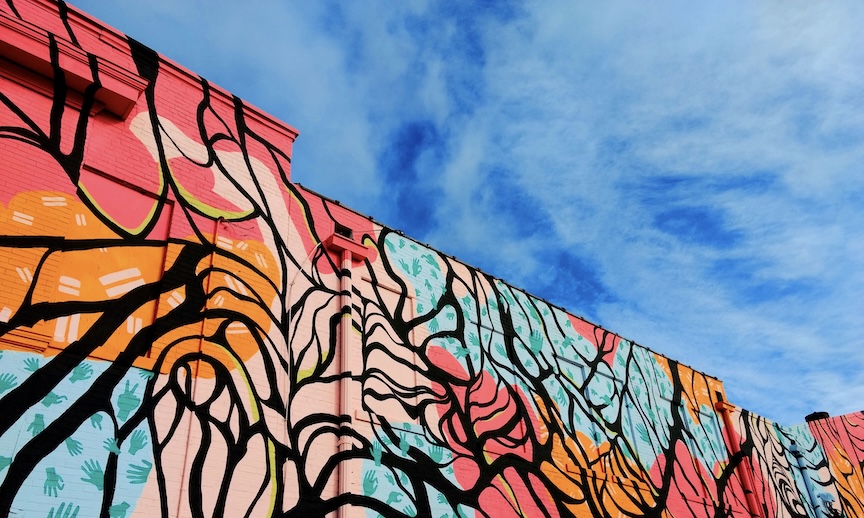GO BIG
On our recent trip to New York City, Travis and I visited Liberty Island and Ellis Island. Neither of us had ever been to either. It was quite moving.
We were exhausted from an overnight flight, adjusting to 70% humidity, and crowded onto a ferry that seemed to have designed its boarding and disembarkation processes to echo the 19th-century immigration experience. But it was a beautiful day, the city skyline views are spectacular from the harbor, and there are lovely free museums on both Islands.
At the Statue of Liberty Museum, I was struck by how well and how expansively addressed was the very idea of “liberty.” I’m not sure what I was expecting — probably something a bit one-note with a lot of pseudo-patriotic oversimplification. What we discovered, instead, was deep and multi-faceted exploration of what Freedom and Liberty have meant throughout American history. Both how our country has reached toward these ideals, and how we have fallen far short of them.
I might have been walking in the opposite direction from the intended layout and flow of the place, so I think I encountered the dissenting counterpoints earlier than was intended. Probably the displays on the Statue’s conception, design, and construction were supposed to come first. But I went right instead of left, so the first thing I saw was a quote from queer, black writer, James Baldwin, who said: “She [the Statue of Liberty] had always been an ugly joke for me.” This was accompanied by extensive exhibits discussing the ways that we, as a nation, have failed to fulfill on the promise of liberty and justice for all.
It was a powerful first impression that ended up setting the tone for the rest of my visit.
Eventually, I made my way back to how the colossus was designed and constructed, which was fascinating. How it was funded, which was inspiring. Why it was created in the first place. And here, in the beginning, there was a fair amount of discussion of Lady Liberty as a beacon of democracy and opportunity, more like what I’d anticipated.
By the time I got here, though, I was ready for it. It helped that I had gone backwards, starting with the gritty and complicated actuality. I was able to appreciate the idea of Freedom as an American ideal because I knew that the reality’s shortcomings were also being addressed. There wasn’t a whiff of whitewashing or historical revisionism about it.
By the time I got to the ideal — Liberty — I had a much bigger idea of it.
A bigger idea that included inequality and injustice, struggle and progress. Liberty not as a static quintessence, but as a living process.
So I’ve been thinking about how this might inform other ideals. How I hold my longing and hopes, my vision for my life and for the world — Love, Peace, Connection, Beauty…
Of course, I wish such divine qualities already were fully expressed always and everywhere. I want heaven on earth, and maybe I’ll never be completely satisfied until that’s so. Yet, I’m wondering what might be available if I were to hold these ideals as a living process rather than simply as the way things ought to be.
If I relate to the vision, the prayer, the “spiritual truth” as if that’s how it’s supposed to be, then my living experience is often going to fall short. It’s going to feel like something has gone wrong much of the time. It sets me up in a predisposition to see most of it (everything that is not the fully-expressed spiritual truth) as a problem, a hypocrisy, a sin, or a failure.
If instead, however, I approach my vision as something like a container…
A container into which we can pour ourselves — time, commitments, cares, passions, life… I think this allows for contradictions. Not only allows, but actually invites the messy and inevitable contradictions of human being. It invites our complexity in a way that can inspire us to keep on keeping on. And can, in fact, ultimately enrich the aspirational ideal.
Liberty is bigger than it might first appear.
Containers like Love, Beauty, Kindness, and Freedom are so vast — bottomless, perhaps. We can free ourselves from the notion that our job is to see them filled. Our completion, rather, is in continuous contribution, participation, and creativity.
A place where Love appears to be lacking is not the opposite of Love, but an opportunity for Love. Where there is bondage, we can be and bring the spirit of Freedom. Where there is darkness, we can offer Light.
This framing feels helpful regarding both our personal journeys and our long march together as societies and species. Sure, there are problems to be solved, wrongs to be righted, brokenness that needs fixing.
And — perhaps we could practice seeing these problems/wrongs/breakdowns not as contrary to wholeness, but as integral to it.
I don’t have to eliminate my problems to be healed. I don’t have to excise confusion, hurt, frailty, and ego in order to be enlightened. We don’t have to fix ourselves to be complete. Sometimes, though, I could be served by a bigger idea. Sometimes, we could embrace a more expansive and inclusive sense of ourselves and others, of the world, of our ideals and what’s possible, of the Divine.
We can’t un-do much. And it’s often pretty hard to pluck out the parts we don’t like. We can always add to it, though. Thank heavens, that’s what we’re here to do.
I can’t wait to be with you this Sunday, August 6, 10:00am at Maple Street Dance Space. Our special musical guest will be NM Music Award-winning singer-songwriter, Oscar Butler! XO, Drew
©2023 Drew Groves




